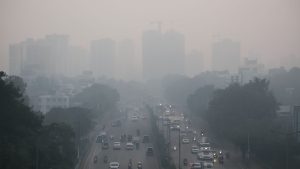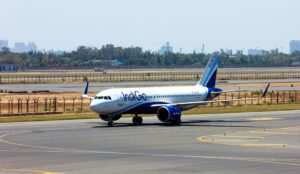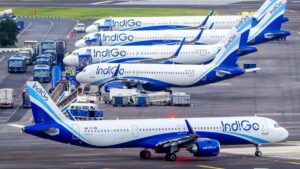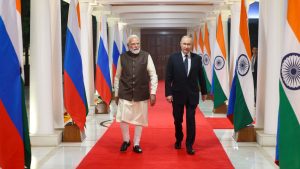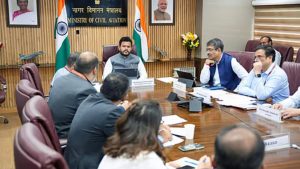Hinjawadi and Wakad Among the Most Polluted Suburbs in Pune Due to Ongoing Construction and Metro Work
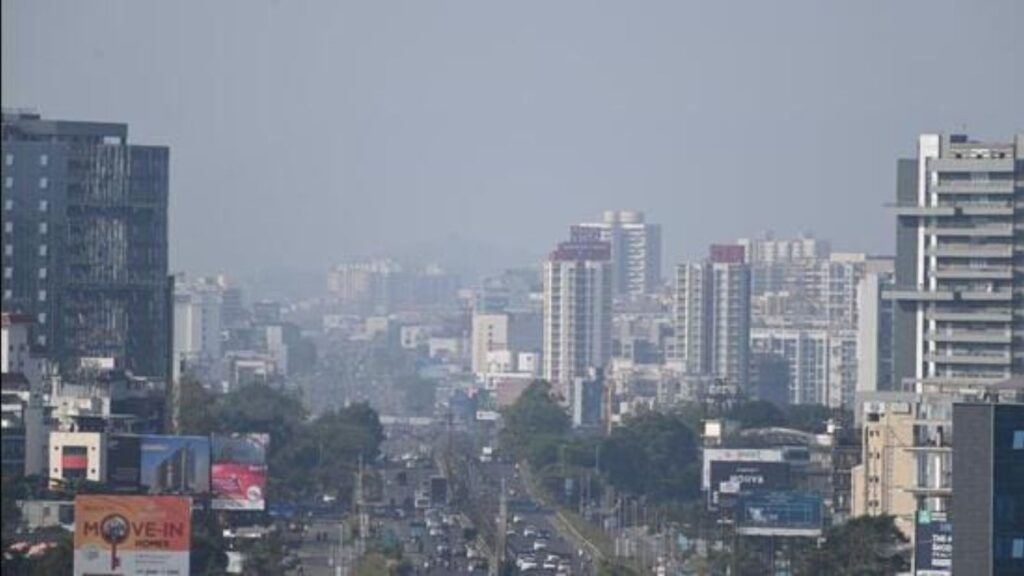
Pune’s Air Quality Reaches Alarming Levels
Pune and Pimpri-Chinchwad are battling deteriorating air quality, turning once-busy neighborhoods into smog-filled zones. With crusher plants, metro construction, and ongoing real estate projects operating simultaneously, localities such as Hinjawadi, Wakad, and Bhumkar Chowk have emerged as some of the most polluted pockets in the region. After Diwali celebrations, Pune joined Maharashtra’s list of the most polluted cities, raising environmental and health concerns among citizens.
AQI Soars Across the Region
Even before Diwali festivities began, the Air Quality Index (AQI) across key areas had risen to dangerous levels. Bhumkar Chowk in Wakad logged an AQI of 315 (“very poor”), a surge of 37 points in a single day. Bhosari recorded 342, Nigdi 341, and Hinjawadi Infotech Park 196. Central zones such as Shivajinagar (244) and Paashan (121) also faced a steady decline. Thick layers of dust coat vehicles, balconies, and even indoor spaces, a sign of worsening particulate pollution.
Construction and Crusher Plants Worsen Pollution
In Pimpri-Chinchwad, residents near Chikhali, Moshi, and Chawisawadi have raised alarms about the constant dust and noise from crusher plants. The construction of Metro Line 3 in Hinjawadi and Baner has further intensified the smog, exposing commuters and residents to hazardous conditions daily. Moisture from RMC (Ready-Mix Concrete) plants and movement of heavy vehicles on unpaved roads are trapping fine dust close to the ground, making breathing increasingly difficult.
Fireworks Add Fuel to the Smog
Despite awareness campaigns, Diwali fireworks worsened the already “very poor” air quality, according to the Central Pollution Control Board (CPCB). While Hadapsar fared slightly better with an AQI of 88, most parts of Pune and Pimpri-Chinchwad remained engulfed in toxic haze for several days after the festival.
Rising Health Risks and Civic Alerts
Doctors warn that prolonged exposure to polluted air can lead to respiratory illnesses, allergies, and eye irritation—especially in children and the elderly. Civic health advisories recommend wearing masks outdoors, staying indoors during peak smog hours, and avoiding early morning walks in high-pollution zones.
Citizens Demand Accountability
Resident associations and civic groups are demanding stricter enforcement from authorities including the Maharashtra Pollution Control Board (MPCB), Pune Metropolitan Region Development Authority (PMRDA), and MIDC. Citizens insist that dust-control norms at construction sites, penalties for violations, and environmental monitoring must become mandatory to prevent Pune from turning into another chronic pollution hotspot.


